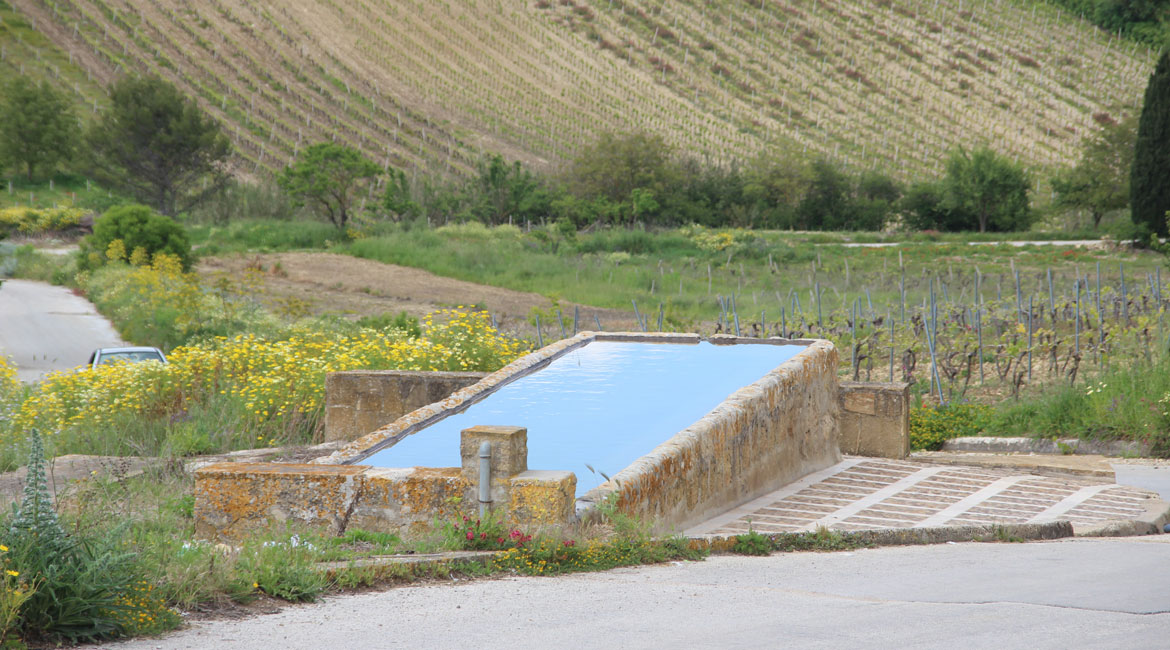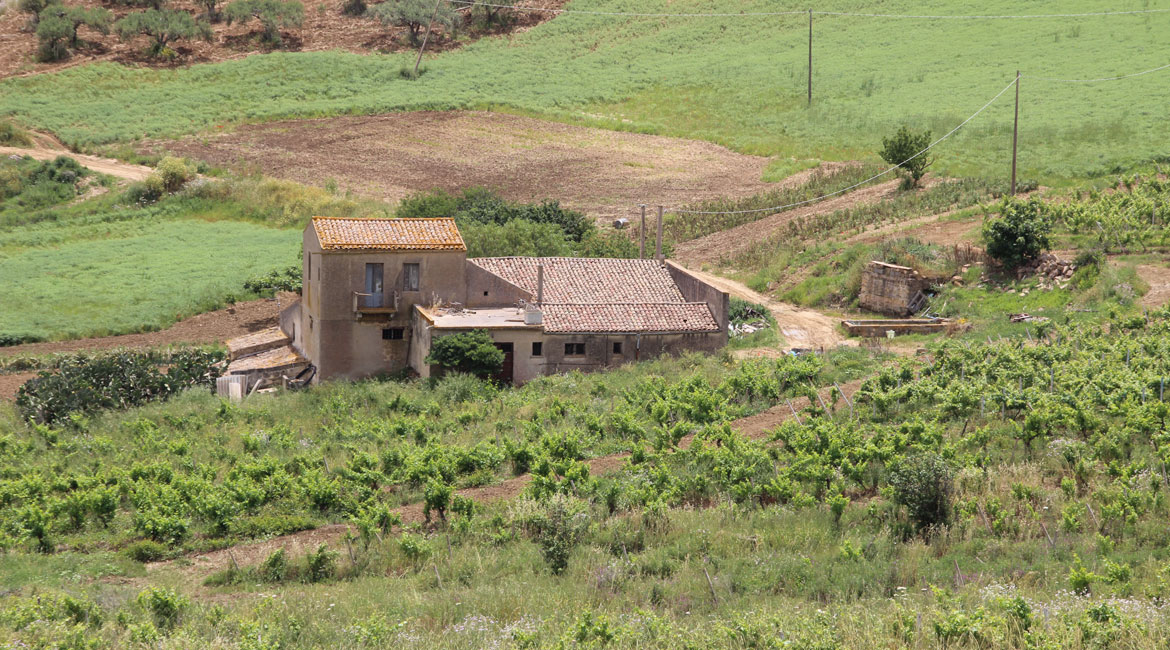Historical/current water use
You are here
The geological traits conditioning water resource availability in the zone. The most part is concentrated in the underground aquifers, especially abundant due to the karstic and clayish structure of the terrain. The hydrogeological structure of the terrain has therefore marked the historical utilization of water resources, which in turn is strongly related to the settlement models. Carbonatic deposits of the southern side of Trapani Mountain range and other more or less isolated zones from the inland are much more permeable, representing a big hydric reservoir. On the contrary, the remaining territory is formed by a wide and complex hydrographical network whose water sources show modest dimensions, besides the presence of opened riparian valleys of small length.
From previous data collected in the territory, the choice for settlement locations as function of different extractive strategies for each culture and society seems evident. In the case of Islamic settlements, the existence of a strong link between water sources and settlement locations has been documented .This pattern is a novelty in comparison to earlier periods and again, it will suffer an important change after the expulsion of the Moorish population. Since then on,- a cluster of troughs will appear associated to the new “bagli” or cortijos, but also to the road and glen networks, -spread throughout the territory. These springs and troughs are kept functional nowadays although unfortunately some of them are under threat by abandonment and a very intensive, mechanized agriculture. This provokes the risk of flow change in underground waters, lack of maintenance and hygienic conditions, if not intentional destruction. These changes in the physical and territorial system can produce an alteration of the natural equilibrium, putting the system under threat.
The archaeological methodology used in Trapani Mountain range in the context of MEMOLA Project is based, among other elements, in the location of hydric resources and its analysis regarding anthropic activities.



